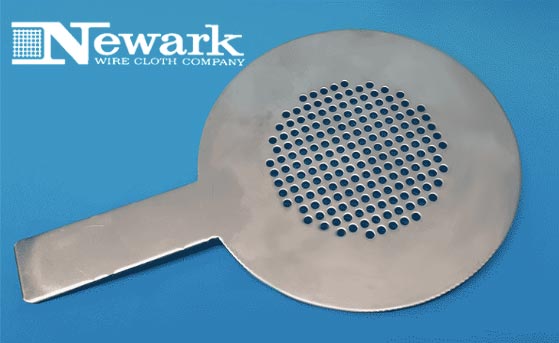Newark Wire News
Newark Wire News
A Guide to Flat Plate Strainers

Flat Plat Strainers offer a quick, easy and cost-effective solution to capture debris in a pipeline. Often considered a temporary solution and used at process start-up, the flat plate strainer is placed between two flanges at a joint in the pipeline.
The flat plate strainer can be fabricated to suit different pipeline flange pressure ratings, meaning the dimensions of a pipeline flange differ if it’s rated for 150#, 300#, 600# or other pressure ratings. The Flat Plate Strainer should be fabricated to suit the application.
The outside diameter of a Flat Plate Strainer is designed to either fit inside the bolt circle of the pipeline flanges or it can be supplied with bolt holes allowing it to be bolted inline or sandwiched between the two pipeline flanges.
The working area of a Flat Plate Strainer is only the cross-sectional of the pipe it’s installed in. This is often a limiting factor when using this type of strainer, there is minimal surface area to collect the debris. If too much debris collects on the face of the strainer a significant pressure differential will result in causing a reduction inflow.
The working area of the strainer can be fitted with perforated metal or perforated metal with wire mesh. The combination, perforated metal with wire mesh, would allow the strainer to catch smaller particles than a Flat Plate Strainer with only perforated metal.
Flat Plate Strainers can be fabricated in virtually any metal: steel, stainless steel, Monel, Hastelloy, and more.
